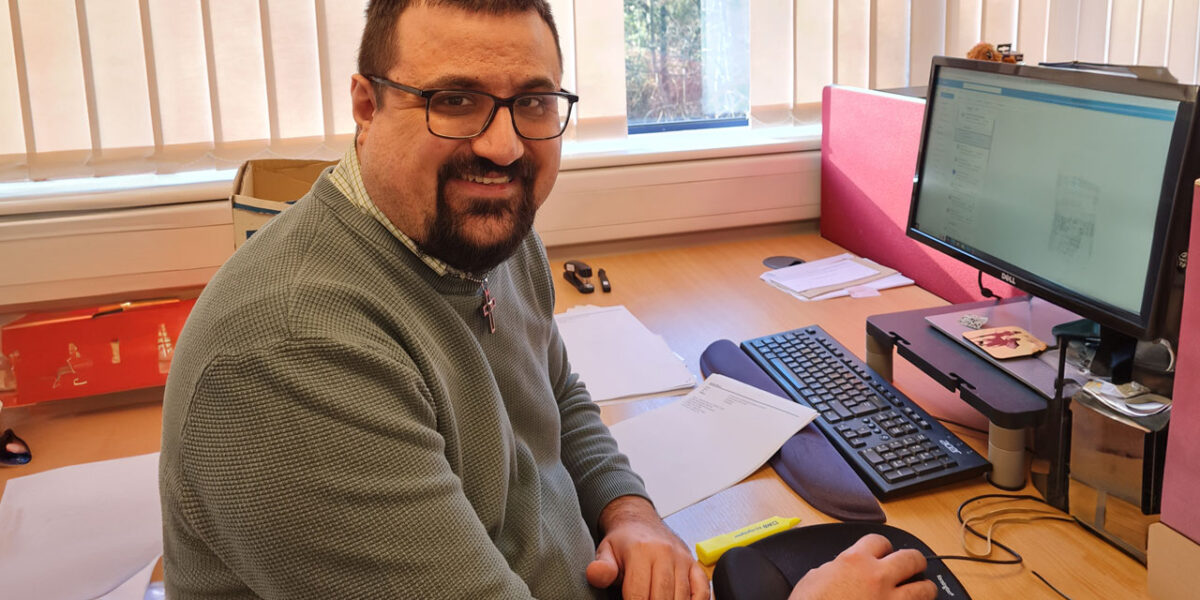The London Challenge – don’t call it a comeback

Mention the London Challenge (2003-2011) to educators over a certain age and most will be able to tell you that this initiative significantly improved the performance of secondary schools in the capital. If pressed, they may also be able to recall attempts to replicate its success in the Black Country and Greater Manchester.
In the intervening years there have been many calls for a similar programme to be rolled out across the country to improve standards. However, the educational landscape is much chanced since 2011 – would a similar approach be as successful, or even possible again? Not to mention, of course, that any major educational initiative would require the necessary political will and funding (the London Challenge received £80 million, equivalent to £150 million today).
How effective was the London Challenge?
There is little disagreement that the London Challenge achieved much in terms of improving outcomes for pupils, with some poorly performing local authorities becoming top achievers nationally. However, opinions differ in how it achieved its goals. Other explanations for success include an increase in attainment in London’s primary schools, the impact of wider educational policy changes, gentrification of some boroughs, and increased parental expectations – particularly from communities where many had come from other countries.
To me, the most plausible solution is that the success of the London Challenge is down to the sustained availability of support from several areas such as local authority support, the National College, the academies programme and Teach First, that combined to focus on targeted interventions in schools. Having access to the expertise in school leadership, especially in turning around ‘failing’ schools, in these groups and directing that expertise to where it was most needed was decisive. Another key factor was the ability of Challenge leaders to cascade the conversation focused on school improvement within this group to a much wider set of stakeholders across 32 boroughs.
So, would it be possible to bring about city-wide educational improvement again if a similar delivery system were to be created?
Indeed, it would. Many local initiatives have sought to mirror the London Challenge, but we need to explore the support from school improvement professionals. The National Leader of Education (NLE) programme continues to provide high quality school improvement support to underperforming schools – and it is local authority school improvement support that has changed since the London Challenge, not just in London, but across the country.
The National Strategies (1997-2011) provided a national team of experts and a regional field force of 2000 consultants to deliver training and support in addition to what local authorities were already providing to schools. Many of these consultants’ skills and experience were brought to bear across London’s 32 boroughs, working with its 400 secondary schools, sharing best practice and enabling leaders and teachers to try out new ideas. The combination of National Strategies and London Challenge funding National Strategies funding secured an environment in which staff development remained a consistent feature for many years.
Local authorities no longer have the numbers of school improvement consultants that they had during the National Challenge, so the marshalling and impact of these professionals could not be relied upon in any future Challenges. However, Multi Academy Trusts have generally invested in school improvement professionals to address weaknesses within their own group of schools. Indeed, many Senior Ofsted His Majesty’s Inspectors (HMI) are actively sought by Trusts due to their expertise, taking up leadership roles at the highest level. It is Multi Academy Trusts and their potential role in future city-wide initiatives that I believe shows the biggest difference between the London Challenge and today.
London Challenge- MATs
At the end of the London Challenge there were around 1070 academies open nationally. Many of these had yet to merge into MATs. In London for example, 40% of secondary schools in Kingston-Upon-Thames and 10% in Greenwich had academized by 2011, compared to 100% and 71% respectively today. Therefore, to engage with MATs as well as local authorities in London, and to make best use of the school improvement expertise they could provide, would be an additional layer of complexity that previously did not exist. This may need to be carefully considered if a MAT includes academies not within the city and indeed capacity to share this expertise may be stretched, depending on the internal needs of the MAT.
Additionally, how might those schools in any future city challenge be identified?
Lower Ofsted ratings would likely dominate the criteria for the selection of schools, yet the judgements Ofsted used at the time of the London Challenge have themselves changed. Many of these schools were in ‘Special Measures’. Part of the reason for this was because of poor GCSE results in 5 or more subjects, which may have received the lowest Ofsted rating in the ‘Outcomes for pupils’ judgement from the Ofsted Framework being used at the time. And with only 20% of ‘Outstanding’ schools maintaining that Ofsted grade since the exemption was lifted in 2020, careful thought would need to be given to which schools would be selected to partner weaker schools to model best practice.
Nevertheless, the London Challenge could prove an effective template for the new Education Secretary to copy. It demonstrated that the correct balance of both top-down and bottom-up approaches created the right conditions for a long-term educational initiative to be successful. Collaboration, communication and having a shared vision were especially important in such a complex undertaking.
The DfES placed its trust in the Challenge’s senior leaders and advisers to both support and challenge each other and to evaluate what was working and what wasn’t. This included how to target the use of school improvement professionals across all 32 boroughs to where they were most needed.
All future city-wide or area-wide attempts to tackle school under performance need to apply what the London Challenge did well, but also need to acknowledge that this may be harder to achieve in an education system that has changed considerably in just over 10 years.
By Stephen Long, Customer Success Manager, SIMS











Responses